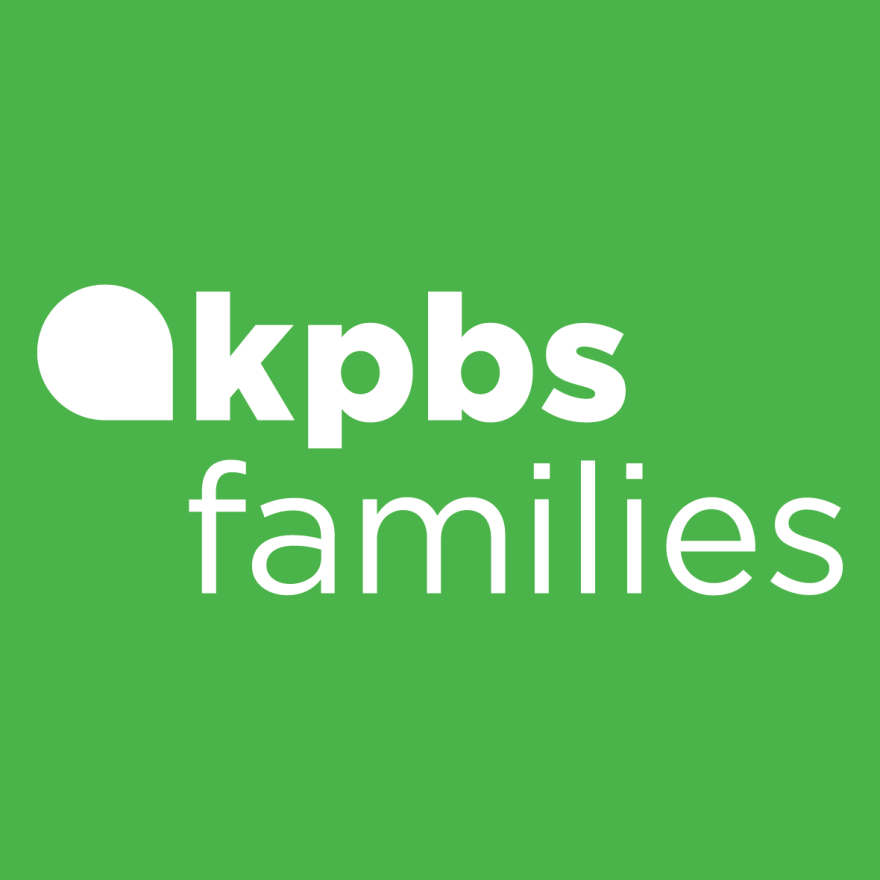The struggle to find affordable childcare could soon get even harder as federal funding for childcare providers is set to expire at the end of September.
The $24 billion Child Care Stabilization Program passed as part of the American Rescue Plan Act in 2021.
The federal funding helped keep the childcare industry from collapsing during the pandemic as parents returned to work and providers needed to cover expenses.
It gave funding to more than 220,000 child care programs across America, with a quarter of them in California.
If those funds expire by the end of September, it could mean more staffing shortages and higher cost for care, said Arnulfo Manriquez, the CEO of MAAC, which provides child development and early education programs in San Diego County.
“Fast forward to what's gonna happen after this is that number is gonna increase,” he said of the cost for childcare. “And we've been working to decrease it. And this will be an automatic not just two steps back, but five steps back.”
Many providers used the funds to increase their staff's pay and keep the care affordable for parents, he said.
“Even if the families are able to pay more from what they were paying from the subsidy, I don't know if the centers are going to be able to continue to pay those higher wages that they were able to pay with these funds,” he said.
Manriquez said a large percentage of the workers in the childcare industry are women, and 80% of them, are women of color making an average of $14 to $15 an hour. He worries that workforce will be most impacted.
“So it's basically going to put a bigger stress on the social services and the support systems here in San Diego,” he said.
The Century Foundation, a progressive public policy think tank, wrote in a recent report that the child care workforce could lose 232,000 jobs nationwide after the funding ends, and in California more than 13,500 programs could close.
But some states are stepping up to provide funding of their own, said Susan Gale Perry, CEO of Child Care Aware of America, a nonprofit organization that advocates for policies that improve childcare.
“We need to come to terms with what the fair share is for families to pay and for businesses and communities to invest, and state and federal dollars to invest in childcare to really get to a sustainable childcare model that really supports all families in the way that they need,” she said.
In California, this fiscal year’s budget included $6.6 billion for child care, with $1.4 billion for the next two years going toward wages for providers. But the budget also delays funding for 20,000 new child care slots until next year.
The Senate has proposed higher levels of funding in the next budget, she said, and advocates hope negotiations prevail in order to stabilize the child care industry across the country.






